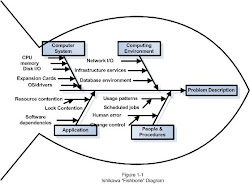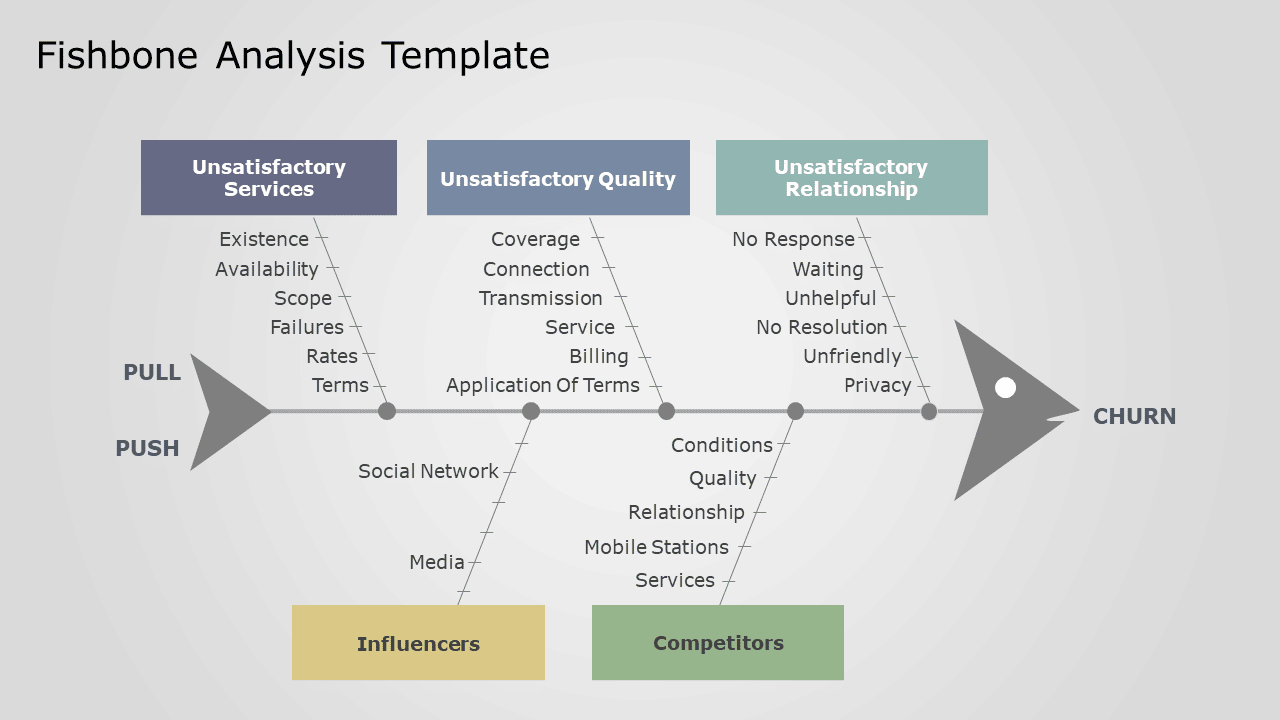

Coping behaviors and suicide in the middle-aged and older Japanese general population: The Japan Public Health Center-based Prospective Study. Svensson, T., Inoue, M., Charvat, H., Sawada, N., Iwasaki, M., Sasazuki, S., … Tsugane, S. Improving patient access to an interventional US clinic. BMC Health Services Research, 10(1), 340. Identifying barriers to the availability and use of Magnesium Sulphate Injection in resource poor countries: A case study in Zambia. Identifying, understanding and overcoming barriers to medication error reporting in hospitals: A focus group study. Hartnell, N., MacKinnon, N., Sketris, I., & Fleming, M. Canadian Journal of Hospital Pharmacy, 59(4). Perceptions of patients and health care professionals about factors contributing to medication errors and potential areas for improvement. Hartnell, N., MacKinnon, N., Jones, E., Genge, R., & Nestel, M. Joint Commission Journal on Quality and Patient Safety, 35(1), 36–42. Developing a tool for assessing competency in root cause analysis.

Evaluation & the Health Professions, 23(1), 7–42. Quality improvement in health care: Conceptual and historical foundations. New England Journal of Medicine, 320(1), 53–56. Continuous improvement as an ideal in health care. The Health Care Supervisor, 14(3), 21–26.īerwick, D. Improving the accuracy of total quality management instruments. London, UK: Dorling Kindersley Limited.īechtel, G. Escaping capability traps through problem driven iterative adaptation (PDIA). This process is experimental and the keywords may be updated as the learning algorithm improves.Īndrews, M., & Pritchett, L. These keywords were added by machine and not by the authors. The success in establishing and implementing an Ishikawa diagram entails amalgamation of skills in science and art. With skill and experience, a practitioner can apply Ishikawa diagram in a three dimensional way in which the third dimension is the intertwining of the various potential causes criss-crossing each other.
#Ishikawa diagram history series#
It can also be applied creatively to interlink a series of timeline events. The processes in gathering and organizing the potential causes may include identifying the barriers, facilitators and incentives for a behaviour, reviewing literatures, analysing flow charts, conducting failure mode and effect analysis (FMEA), surveying, interviewing, brain storming, conducting focus group discussion, and applying problem driven iterative adaptation (PDIA) approach. It provides a structured and systematic approach to identify and collate potential causes for an effect. Ishikawa diagram can be applied in clinical fields and mental/ behavioural health proactively.


 0 kommentar(er)
0 kommentar(er)
